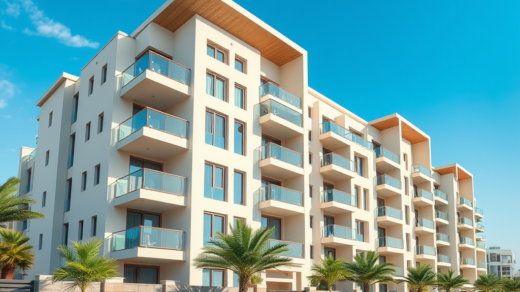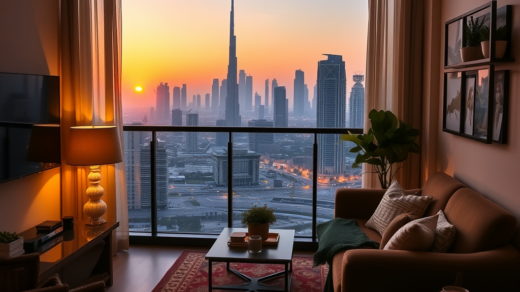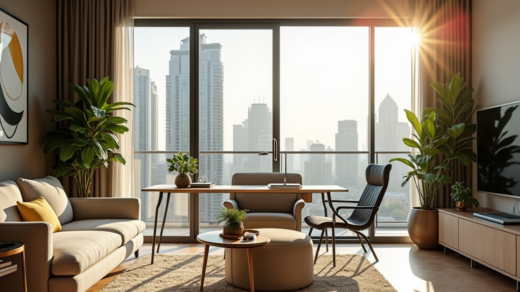Design plays a pivotal role in shaping the real estate landscape of Dubai, a city synonymous with innovation and luxury. The architecture not only reflects the culture and heritage of the UAE but also sets a benchmark in sustainability and technology. In a market renowned for its ambitious skyscrapers and expansive developments, effective design is crucial in attracting investment and enhancing lifestyle. The urban skyline, characterized by its iconic projects, showcases how design is integral to real estate, influencing everything from functionality to aesthetic appeal. This article delves into the multifaceted role of design in Dubai’s real estate developments, highlighting how it enhances value, attracts buyers, and positions the city as an architectural marvel on the global stage.
Influencing Aesthetic Appeal and Market Value
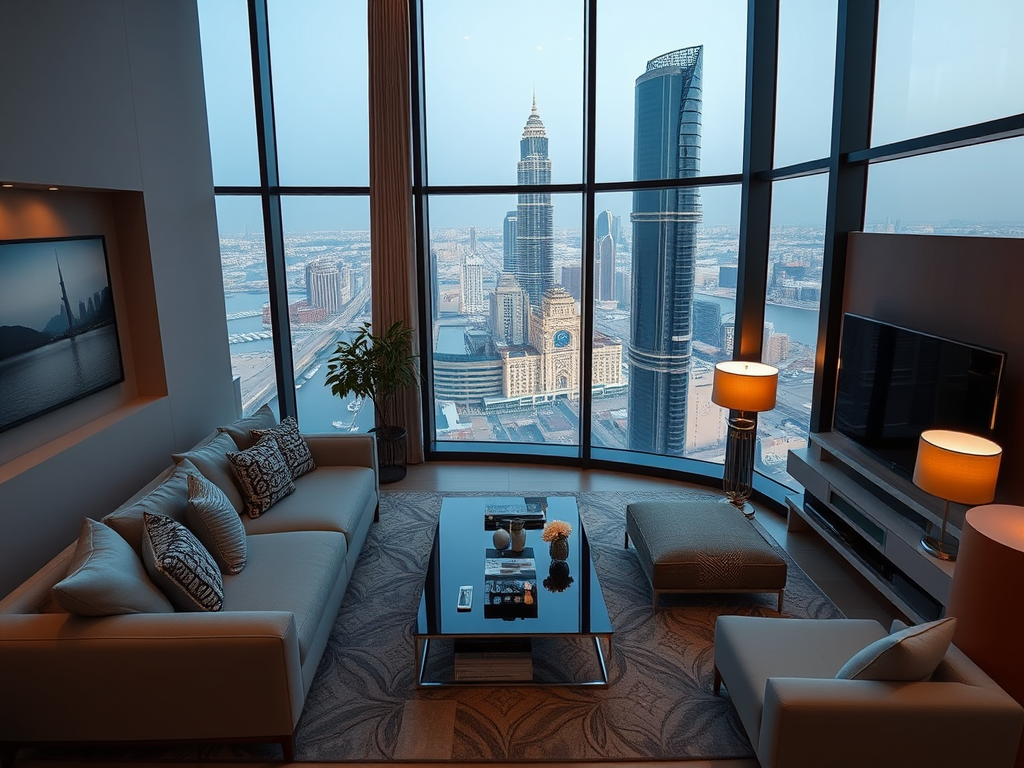
The aesthetic appeal of a real estate project in Dubai is one of the primary factors that contribute to its market value. Well-executed design not only attracts buyers but also drives up property prices in an already competitive market. Some ways in which design impacts aesthetics and value include:
- Unique Architectural Features: Innovations such as fluid shapes and futuristic materials set projects apart, making them landmarks.
- Ecosystems of Green Design: Sustainable landscapes and eco-friendly architecture promote luxury living and attract environmentally conscious buyers.
- Cultural Elements: Incorporating elements that reflect local culture fosters a sense of community and belonging among residents.
These design aspects not only enhance visual appeal but also contribute to the overall worth of a property, making it more desirable to potential investors. In a city known for its opulence, the blend of cutting-edge design with traditional motifs creates a unique selling proposition for developers.
Sustainable Design in Real Estate
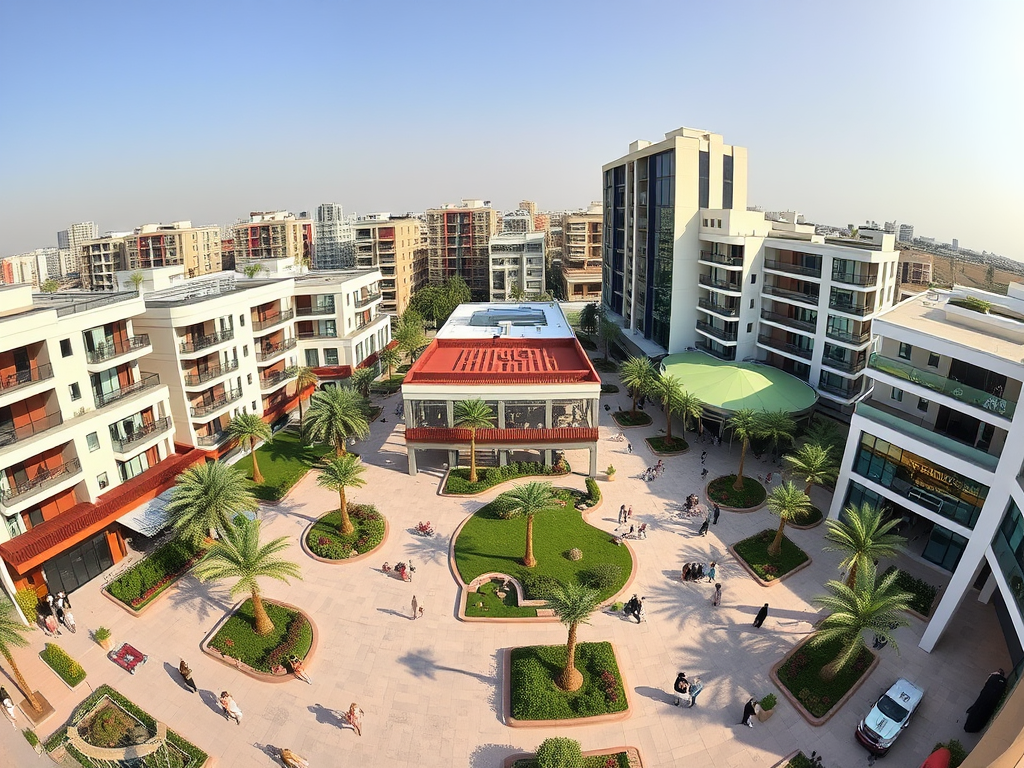
As Dubai positions itself as a leader in sustainable development, the role of environmentally responsible design in real estate cannot be overstated. Emphasizing sustainability in design leads to energy efficiency, cost reduction, and a decreased carbon footprint, helping cities like Dubai combat climate change while still promoting luxury living. Key elements of sustainable design in real estate projects include:
- Use of renewable energy sources (solar panels, wind turbines)
- Water conservation systems (greywater recycling, low-flow fixtures)
- Energy-efficient insulation and building materials
- Green roofs and vertical gardens to enhance air quality
This commitment to green design not only helps developers comply with regulations but also attracts a growing demographic of environmentally conscious investors and homebuyers. As sustainability becomes a critical aspect of real estate development globally, Dubai is poised to set trends that may soon echo throughout the industry.
The Importance of Functionality in Design
Beyond aesthetic considerations, the functionality of real estate developments significantly impacts their attractiveness and usability. Well-designed spaces enhance the living experience and the day-to-day interactions of residents. For instance, thoughtful layouts can maximize natural light, optimize space, and create communal areas that foster connection among residents. Some key functional design principles include:
- Spatial Flow: Ensuring easy movement through spaces prevents congestion and encourages social interaction.
- Accessibility: Designing for accessibility allows individuals of all ages and abilities to navigate spaces comfortably and safely.
- Versatile Spaces: Multi-functional rooms that can serve various purposes provide greater flexibility to residents.
In Dubai, where multi-generational living and co-working spaces are becoming more common, functionality in design is essential to meet the evolving needs of residents. Ultimately, functionality complements aesthetics to create a holistic living environment that caters to comfort, convenience, and community.
Trends Shaping Real Estate Design in Dubai
In the ever-evolving landscape of Dubai’s real estate sector, several design trends are emerging that demonstrate the innovative spirit of the city. Developers are increasingly responding to market demands and transforming traditional design to integrate more futuristic and lifestyle-centric elements. Some notable trends include:
- Mixed-Use Developments: Projects that incorporate residential, commercial, and leisure spaces offer convenience and enhance community living.
- Smart Home Technology: Integrating technology for smart management of homes increases energy efficiency and security.
- Luxury Amenities: Design trends now prioritize amenities such as rooftop gardens, wellness facilities, and entertainment zones that elevate the living experience.
These trends not only elevate the standard of living but also ensure Dubai’s position as a leader in innovative real estate design. As the city continues to redefine luxury, developers are keen to incorporate these trends into their projects.
Итог
In summary, design is not just an aesthetic concern in Dubai’s real estate developments; it’s a critical element that influences market demand, enhances sustainability, maximizes functionality, and sets trends. As the city pushes boundaries in architecture and innovation, the interplay between design and real estate will remain central to its growth. Developers who prioritize thoughtful design strategies are well-positioned to lead the market and offer unique living experiences that resonate with buyers around the globe.
Часто задаваемые вопросы
1. What is the impact of design on property values in Dubai?
Good design significantly enhances property values by increasing aesthetic appeal, adding unique architectural elements, and incorporating sustainability features, making developments more attractive to investors.
2. How does sustainability influence design in Dubai’s real estate?
Sustainability is a major driver of design in Dubai, leading to the implementation of eco-friendly materials, energy-efficient technologies, and water conservation systems in real estate projects.
3. What trends are currently shaping real estate design in Dubai?
Current trends include mixed-use developments, smart home technology, and luxury amenities, which all contribute to enhancing residents’ living experiences.
4. Why is functionality important in real estate design?
Functionality ensures that spaces are comfortable and convenient to live in, improving the overall quality of life for residents while accommodating diverse lifestyles.
5. How can design reflect cultural elements in Dubai’s real estate?
Design can reflect cultural elements by incorporating local architecture styles, using traditional materials, and creating community spaces that celebrate UAE heritage, fostering a sense of identity among residents.
